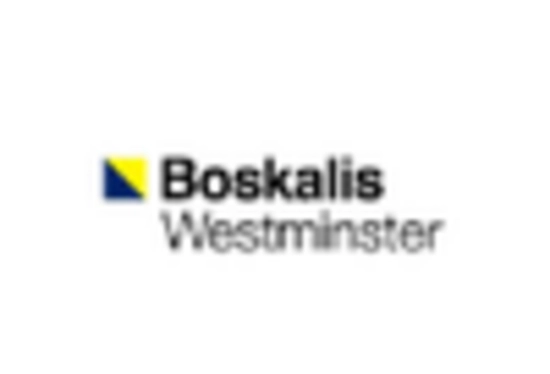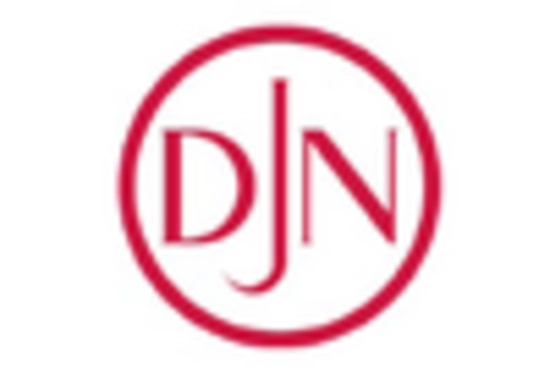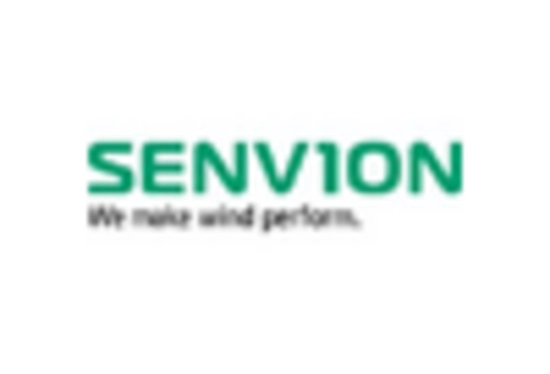Increasing Energy Demand
The Offshore Wind Construction Vessel Market is experiencing a surge in demand due to the rising global energy needs. As countries strive to transition from fossil fuels to renewable energy sources, offshore wind energy emerges as a viable solution. The International Energy Agency projects that offshore wind capacity could reach 1,000 GW by 2040, indicating a robust growth trajectory. This increasing energy demand necessitates the deployment of specialized construction vessels to install and maintain offshore wind farms efficiently. Consequently, the Offshore Wind Construction Vessel Market is likely to expand as more projects are initiated to meet this growing demand.
Growing Environmental Awareness
Growing environmental awareness is driving the Offshore Wind Construction Vessel Market as stakeholders increasingly recognize the importance of sustainable energy solutions. Public sentiment is shifting towards renewable energy sources, with offshore wind being viewed as a clean alternative to traditional energy generation methods. This heightened awareness is prompting governments and corporations to invest in offshore wind projects, leading to a greater need for specialized construction vessels. The Offshore Wind Construction Vessel Market is likely to thrive as the demand for environmentally friendly energy solutions continues to rise, aligning with global sustainability goals.
Government Policies and Incentives
Government policies and incentives play a crucial role in shaping the Offshore Wind Construction Vessel Market. Many countries are implementing favorable regulations and financial incentives to promote the development of offshore wind energy. For example, feed-in tariffs and tax credits are being offered to encourage investment in renewable energy projects. These supportive measures are expected to stimulate growth in the offshore wind sector, thereby increasing the demand for construction vessels. As a result, the Offshore Wind Construction Vessel Market is poised for expansion as more countries commit to ambitious renewable energy targets.
Technological Innovations in Vessel Design
Technological innovations in vessel design are reshaping the Offshore Wind Construction Vessel Market. Advances in engineering and materials science have led to the development of more efficient and capable vessels. For instance, the introduction of dynamic positioning systems and enhanced lifting capabilities allows vessels to operate in challenging marine environments. These innovations not only improve operational efficiency but also reduce costs associated with offshore wind farm construction. As the industry continues to evolve, the Offshore Wind Construction Vessel Market is likely to see a proliferation of cutting-edge vessels designed to meet the specific needs of offshore wind projects.
Investment in Renewable Energy Infrastructure
Investment in renewable energy infrastructure is a pivotal driver for the Offshore Wind Construction Vessel Market. Governments and private entities are channeling substantial funds into offshore wind projects, with investments expected to exceed USD 200 billion by 2030. This influx of capital is aimed at enhancing the capacity and efficiency of offshore wind farms, which in turn drives the need for advanced construction vessels. The Offshore Wind Construction Vessel Market stands to benefit significantly as these investments translate into increased demand for specialized vessels capable of supporting large-scale offshore installations.

















Leave a Comment